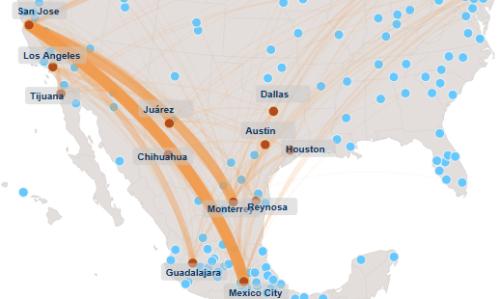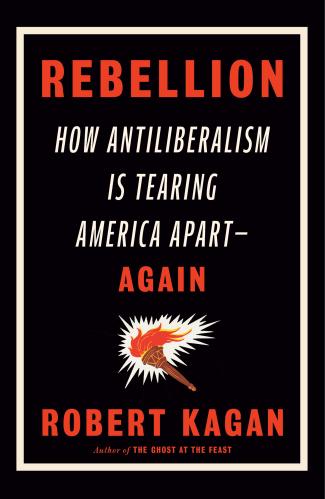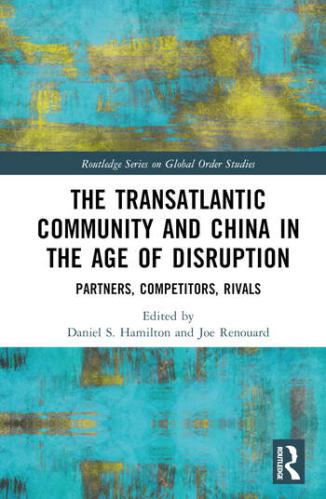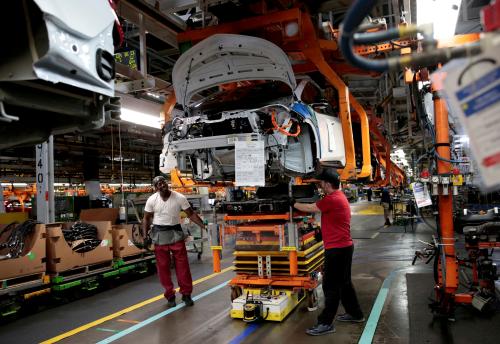The steep decline of manufacturing jobs, stagnant wages, and rising anger among working class voters about their economic future has sparked a growing skepticism about globalization, launching the country into a weeks-long back and forth about the merits of trade for the U.S. economy.
Nevertheless, U.S. city and regional leaders should not back down on trade and global engagement. The global economy is hyperintegrated—enabled by technology, air and freight networks, and complex supply chains more widespread and faster growing than new trade agreements. Local leaders have a responsibility to help their firms and workers navigate, not ignore, the benefits and drawbacks inherent in globalization. They should continue to embrace a bottom-up competitiveness agenda that includes helping firms and institutions tap global demand and investment while arming workers with the skills to adjust to new realities.
Trade is typically discussed at the national level, but its origins and impacts are intensely local. The 100 largest metro areas—places such as Detroit, Houston, and Wichita—are at the epicenter of the global economy. Positively, these metro economies generate the bulk of the nation’s exports (86 percent), attract the vast majority of jobs from foreign direct investment (74 percent), and draw most of the foreign students investing in an American education (85 percent). These benefits result from unique pools of suppliers and skilled labor, global infrastructure networks, and higher education institutions that strengthen core industries and support jobs, often good jobs that offer a wage premium for workers.
Cities also bear the brunt of the risks of greater global integration. The recent decision by Carrier to close its production plant in Indianapolis demonstrates the cost to hundreds of well-paid blue-collar workers when firms feel the pressures of the global marketplace. Meanwhile, Carrier plans to retain engineers and marketing professionals in the city, another indication of the premium placed on high-skilled labor. New research by a team of economists led by MIT’s David Autor brings this phenomenon into sharp relief. The authors find that China’s insertion into the global trading system was disastrous for certain U.S. labor markets that specialized in manufacturing. Their notable finding was not that manufacturing jobs disappeared, but the expected movement of dislocated workers into new industries never materialized. What economists call the “adjustment costs” of trade may be much greater and longer lasting than previously theorized.
To start, cities must accept that their economies are globalizing. Barring adoption of severe isolationist policies, global integration will continue apace. Even as international trade and investment has slowed post-recession, the cross-border exchange of digital information and services has increased 45-fold since 2005.
Cities should proactively adapt to these forces and help position their workers, industries, and communities for the upsides of trade. This begins with investments in core determinants of advanced industrial competitiveness: a skilled, technically trained workforce, adoption and commercialization of new technologies, and well-connected infrastructure. For example, leaders in the Louisville-Lexington region, led by manufacturers like Toyota, created an apprenticeship program that creates a pipeline of young manufacturing workers to replace an impending wave of retirees. That program, called KY FAME, has now scaled statewide.
For the many cities that have adopted regional trade and investment strategies, that work should continue. These cities have developed deep familiarity of their local firms’ global strategies. They’ve created networks with intermediaries in foreign markets. They are more culturally sensitive and, in turn, more inclusive communities for immigrant workers and students. All that market intelligence—what we call global fluency—is preparing these regions well for the rigors of the global marketplace.
The economy is always a dynamic process of creation and destruction. Unlike presidential candidates who can toss or dodge political hot potatoes, cities and metro leaders have little choice but to confront foreign investors, plant closures, and dislocated workers. They have built the trusted networks and collaborations to create programs that help them seize the fruits of global demand and make adjustments when trade hurts. Cities have more work to do on the latter, given rising economic insecurity. But as they do, they should not close the door to global realities.











Commentary
U.S. cities should not abandon trade
April 7, 2016